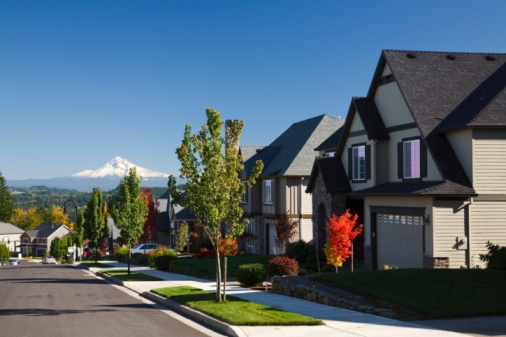How safe is my neighborhood? If you are moving to an unfamiliar area, you will have many questions about potential neighborhoods. After affordability and access to basic services like schools, shopping, and hospitals, safety is a main concern. Researching crime in an area, including finding crime rates, checking police incidents, and finding sex offenders near you can give a broad picture of the safety of an area. You can gain additional insights from driving through a neighborhood.
Check crime rates
Start your research by learning how to check crime rates online. Crime statistics are gathered and reported by law enforcement agencies at all levels of government. The sites below are great for comparing one area to another. Use several of the sites to get the best feel for types and frequency of crimes.
• City Data at http://www.city-data.com/ has a lot of information about U.S. towns, from demographics to shopping. For crime information, pick a state, then a city, and scroll to the area for crime rates. This information is at the city level.
• Crime Reports at https://www.crimereports.com/ compiles public information from law enforcement agencies to create maps of crimes. Enter a zip code and get a map with graphic representation of types of crimes within a given time frame. You can zoom in and see exact locations, or zoom out and get an idea of areas of concentrated crime and how your area of interest compares to others.
Find police incidents
Local police departments want citizens to be safe, and want them informed about safety issues and crime. Contact them to find out if they maintain an online crime blotter that recaps police calls. Many departments partner with Crime Reports, providing links from the department’s web site to Crime Reports results. Crime rates of neighborhoods just blocks apart can vary greatly. Use local resources to get the best information about a new neighborhood.
Locate registered sex offenders
• Family watchdog at http://www.familywatchdog.us/ allows you to find names and addresses of registered sex offenders in your area. You can view the results as a map or a list.
• National Sex Offender Public Website allows you to enter an address and determine the number of registered sex offenders who live within a given radius. Information is only available for states that provide address geographic coordinates to the site, currently 34 states plus the District of Columbia.
Facts and figures are fine for general purposes, but there are other ways to get a better picture of crime in the area.
• Read local newspapers. Those who provide local news coverage, live in the area and know the history of a region. Vandalism might be big news in one part of town, while armed robbery is an everyday occurrence in another. Rely on local reporters to help you get a feel for what is normal from neighborhood to neighborhood.
• Follow local TV stations. This gives you the same advantages of local newspapers without having to read.
• Search google news. Search for your city within google news to get results from news agencies, not just advertisers. Regular google searching is useful, too, but this focuses the results to important information that can save you time with your research.
Leave the online world and assess neighborhoods in person.
No amount of virtual information can compare with what you see for yourself, so make it a point to spend as much time as you can in the area to get a real feel for it. If possible, visit the area by the day and at night, noting specific things like:
• People outdoors. People jogging or gardening suggest relative safety. People walking dogs may be for humans and their pets to get exercise, or because the person needs an animal for protection. People standing around on streets could be waiting for a bus, or waiting for a victim.
• Safety bars on doors and windows of businesses. These are not fashion statements. When you see a lot of safety bars or razor wire you are probably in an area with a higher likelihood of crime.
• Number of homes for sale in the area. Economic downturns may result in a large number of homes in area being for sale, but it may also signify a lot of people selling to flee crime. No matter what the reason, empty houses make perfect places for a criminal element.
• Overgrown yards, broken windows, rundown houses. Most neighborhoods are going to have one or two homes in poor condition, but an entire rundown neighborhood may be an unsafe environment and a hint to you to look elsewhere.
• Street lighting. At night, note how well the streets are lit. Ask yourself if you feel safe in the area after sundown.
No area is immune to crime, but some seem to attract it. Commit to taking time to gather as much information as you can, online and in person about a neighborhood. These steps will help you find out if an area is safe or not, and if that new neighborhood is the right place for you.

